The Epic of Gilgamesh is a story from ancient Sumeria. It would be more accurate to say that it is a collection of fragments of a story (or stories) that modern scholars have done their best to paste back together into a coherent narrative. Despite its fragmented and unreliably preserved state, the story of Gilgamesh is nonetheless a fascinating tale that resonates with readers because it deals with some of the Great Ideas of life. In particular this story wrestles with the concept of mortality and the inevitability of death for even the greatest among mortals.
It is not possible to give an exact date of composition for Gilgamesh but scholars have dated some of the fragments we have found to somewhere between the late third millennium and the mid second millenium (c. 2150-1400 B.C.). If those scholars are correct then this story potentially has a similar date of composition as the earliest written book of the Bible, namely, Job. Job is believed by conservative scholars to have originally been composed c. 2100 B.C. in the time of the Patriarchs. Regardless it is reasonably certain that the epic was composed prior to Moses’ writing of the Pentateuch.
Gilgamesh’s story may be surrounded by legend but Gilgamesh is believed to have been a real Sumerian King who reigned c. 2700 B.C. In fact, “A German team of Archaeologists claim to have discovered the Tomb of Gilgamesh in April of 2003 A.D. Archaeological excavations, conducted through modern technology involving magnetization in and around the old riverbed of the Euphrates, have revealed garden enclosures, specific buildings, and structures described in The Epic of Gilgamesh including the great king's tomb.”1 According to the legend Gilgamesh was buried beneath the Euphrates so this discovery may confirm that not all legends are false.
The ancient kingdom of Sumer originally had its own language but eventually the Akkadian language replaced that of the Sumerian tongue. The earliest extant form of the Gilgamesh epic is in Akkadian. Akkadian is one of a number of Ancient Near Eastern Languages that makes use of “cuneiform.” Cuneiform combines wedge shapes in order to form the letters of the alphabet. These symbols were either etched into stone tablets or pressed into wet clay prior to drying. Today we have found numerous tablets and cones with cuneiform writing which record anything from royal declarations and treaties to more mundane information about daily life and economic transactions.
As noted above the transmission of the text of Gilgamesh is on fairly shaky ground. “The fullest extant text of the Gilgamesh epic is on 12 incomplete Akkadian-language tablets found in the mid-19th century at Nineveh in the library of the Assyrian king Ashurbanipal (reigned 668–627 B.C.).”2 It is very clear that significant sections of the story are lost to history and what we have is far from the whole story. Nonetheless, despite not having a complete copy of the text, and despite some narrative differences between the tablets we do have, there is plenty left to us to find of use and interest. There have been numerous attempts to harmonize the fragments of texts and to supplement the story from other ancient sources in order to form a relatively complete story. The result of this work gives us a great glimpse into a long gone ancient culture and a compelling story of man vs. nature, mortality vs. immortality, and a search for meaning. The universality of these themes are sure to draw many to The Epic of Gilgamesh as an excellent place to engage in the discussion of the “great ideas.”
The ancient kingdom of Sumer was in Mesopotamia which makes the setting of this epic somewhere in the region of modern day Iraq and/or Syria. This part of the world contains some of the earliest advances in engineering and architecture. One of the seven wonders of the ancient world, The Hanging Gardens of Babylon, would have been in this same area. The Sumerians, and the Babylonians after them, constructed temples and palaces called ziggurats. Ziggurats are essentially a tiered style pyramid with a wide base and each successive level being smaller than the one underneath. These structures were solid with no interior rooms but each level had terrace areas upon which gardens could be grown and gatherings held. The topmost level would sometimes be a place of meeting for sacrifices to the gods or perhaps host a throne room for a king. The idea behind a ziggurat was to elevate man to the height of the gods to meet with them. A king who made his throne in the heavens, on top of a ziggurat, would assert his authority by doing so. Many believe that the tower of Babel was a ziggurat of some sort and they sought to show their equality with (or superiority over) God by making a tower to heaven.
The Sumer religion can be quickly summed up as “polytheistic” meaning that they believe in and worshiped many gods. In just the first tablet of The Epic of Gilgamesh the reader is introduced to no less than five of their deities. As is true in many other polytheistic religions their gods were associated with particular cities (patron deities) and also various elements of the natural world and with certain kinds of industry. The patron god or goddess of a city was believed to offer protection as long as that god was properly worshiped and appeased by the doings of the people. There were gods for agriculture and metalworking and masonry as well. The religion of the people and their day in and day out rituals were one and the same. The people deeply believed that what they did, and did not do, had an effect on the world and could invoke a god’s charity or wrath.
All things considered, The Epic of Gilgamesh provides great fodder for discussion and especially so when it is put into juxtaposition with the earliest books of the Bible. Christians will be able to see meaningful similarities and dissimilarities between the ideas found in Gilgamesh and those in their Scriptures. Given that the Babylonians are essentially the inheritors of the kingdom of Sumer, and given the importance of Babylon in biblical events, this story gives us an important glimpse into one of the cultures that stood in stark contrast to the people of Israel and the commandment of YHWH to forsake all other gods but him alone.
************************************************************************************************************
In upcoming posts I will be presenting a study guide on The Epic of Gilgamesh. The edition I am using is translated by David Ferry and can purchased HERE. I will update this post with links to each section as they are published.
Study Guide Part 1: Tablet I
Study Guide Part 2: Tablets II-III
Study Guide Part 3: Tablets IV-V
Study Guide Part 4: Tablet VI
Study Guide Part 5: Tablet VII
Study Guide Part 6: Tablet VIII-IX
Study Guide Part 7: Tablet X
Study Guide Part 8: Tablet XI.i-iv
Study Guide Part 9: Tablet XI.v-ix
Study Guide Part 10: Tablet XII
Joshua J. Mark, “Gilgamesh,” World History Encyclopedia (World History Encyclopedia, May 10, 2022), https://www.worldhistory.org/gilgamesh/.
https://www.britannica.com/topic/Epic-of-Gilgamesh




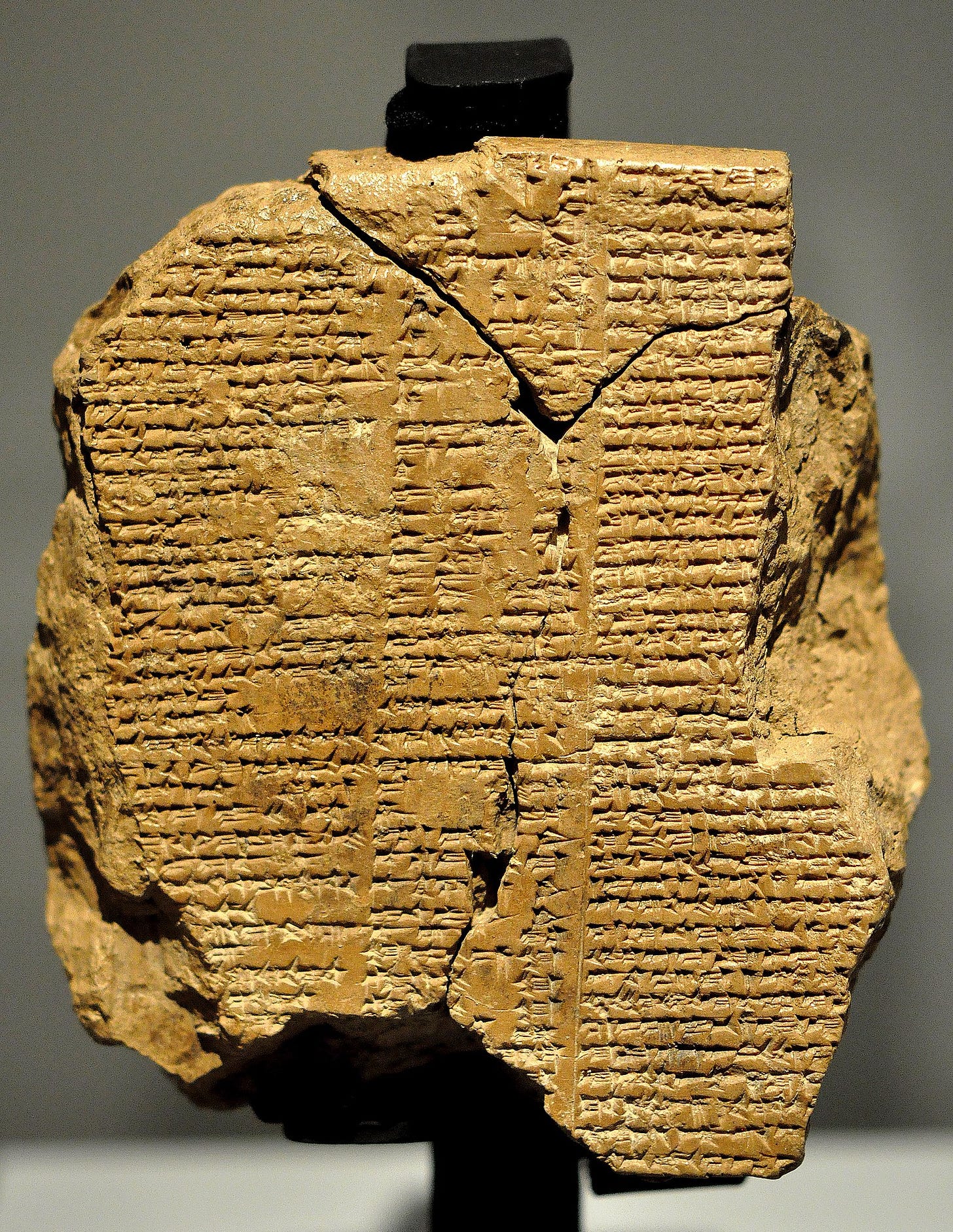
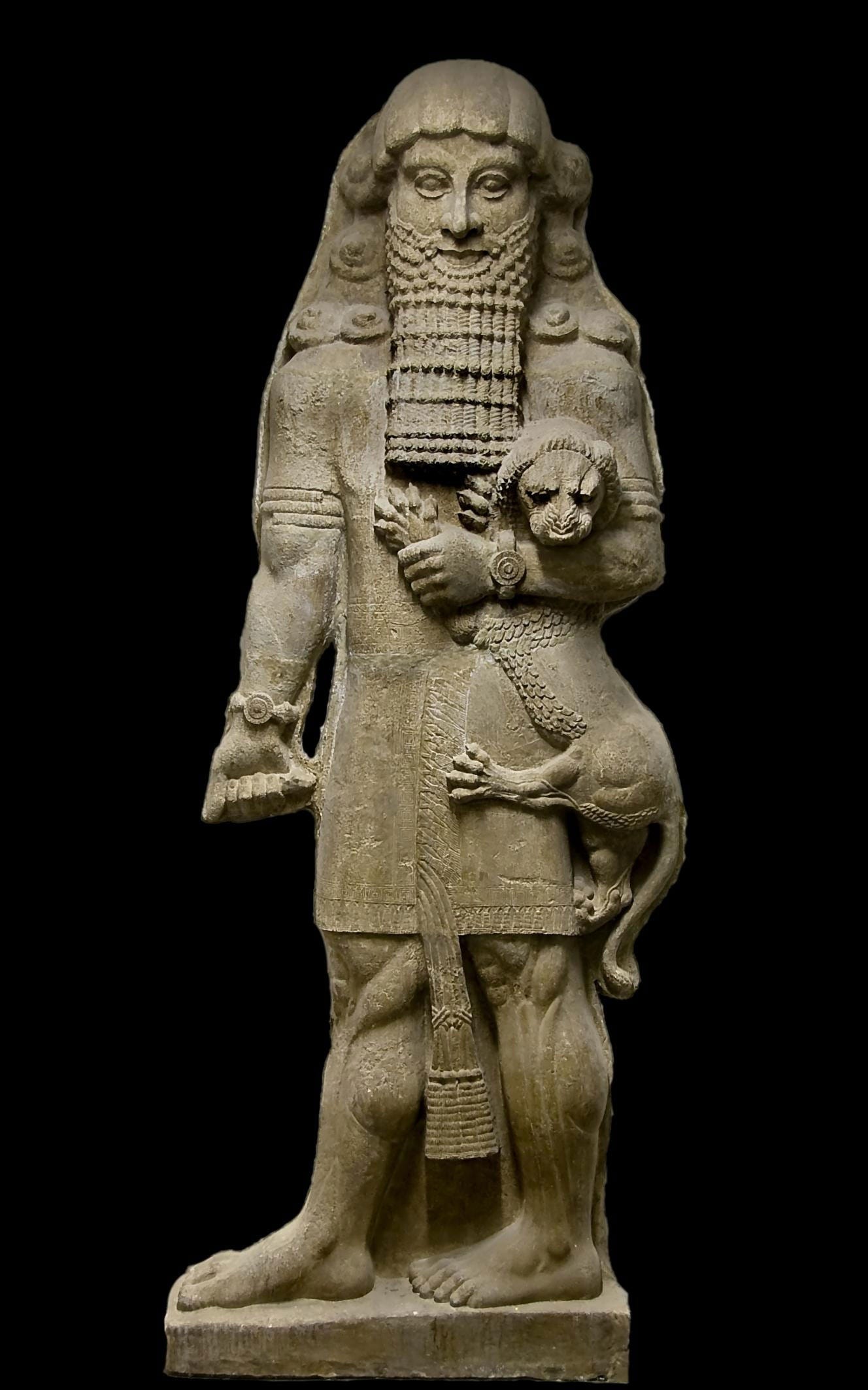
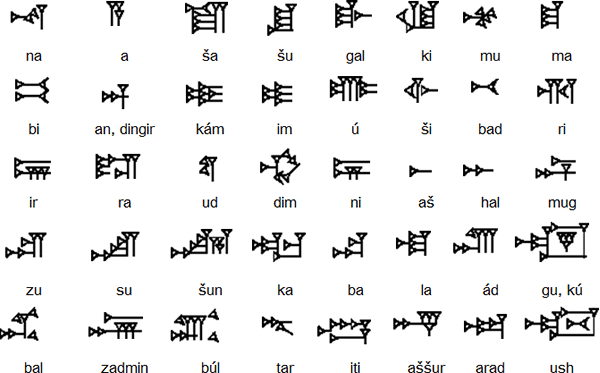
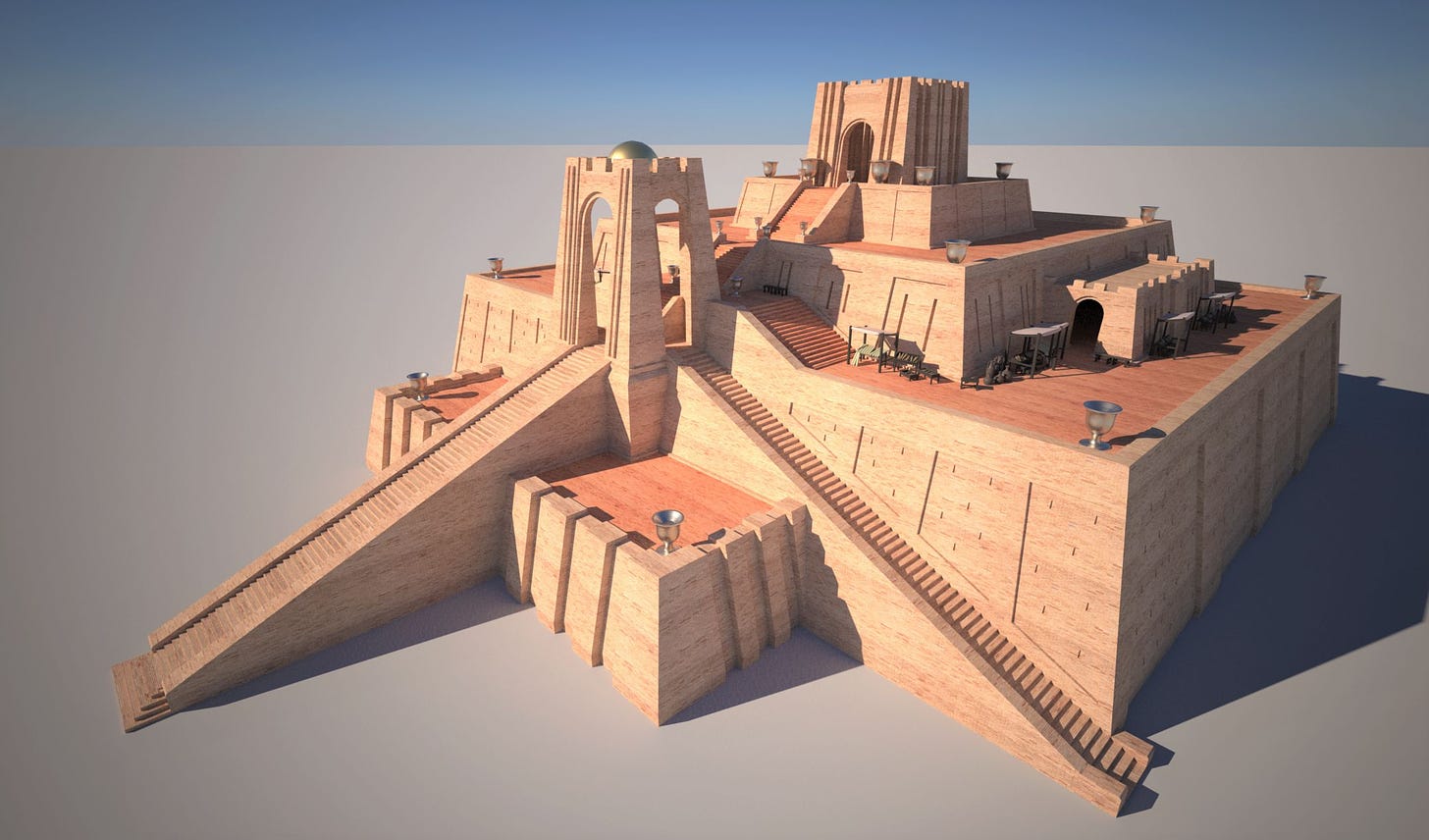
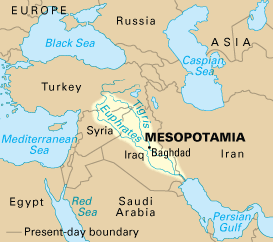
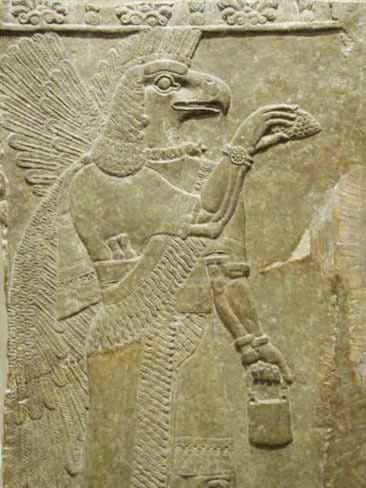
I can't help but wonder if Abraham read the Epic.